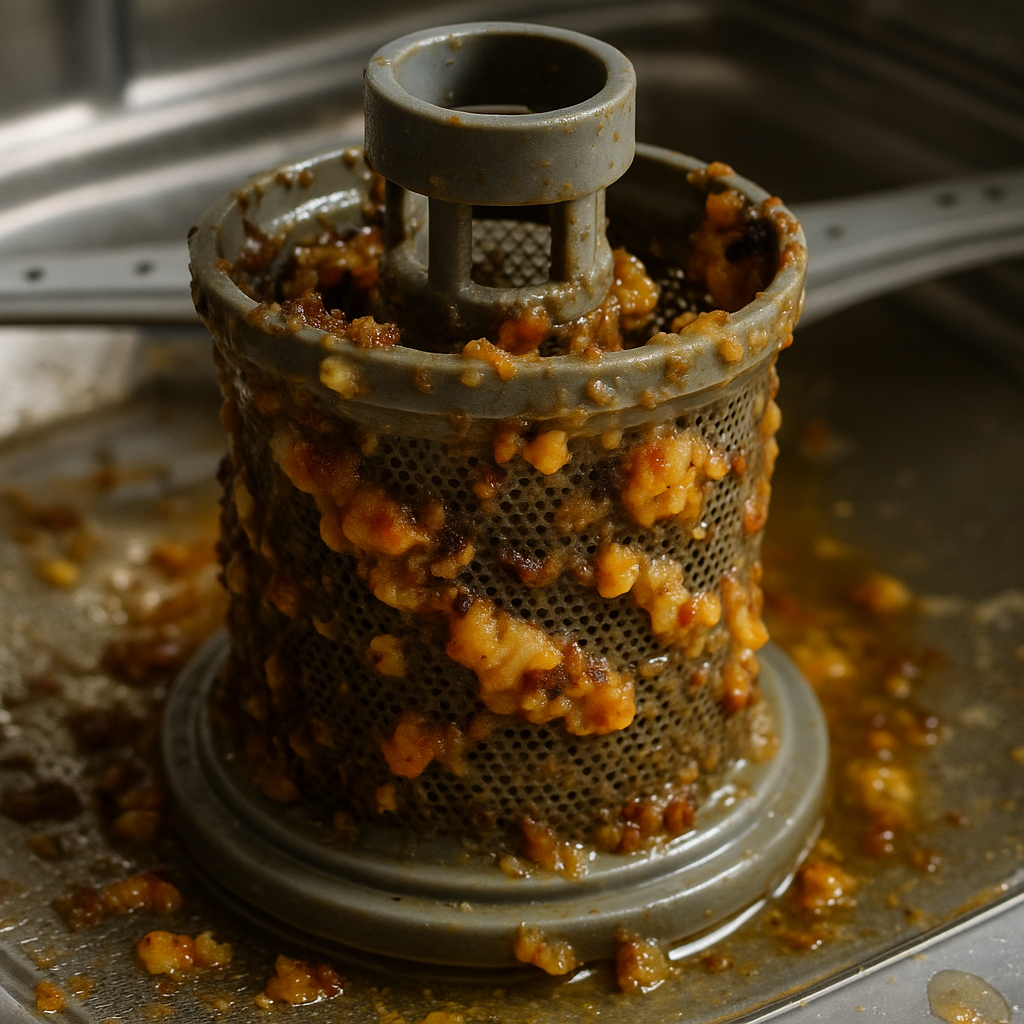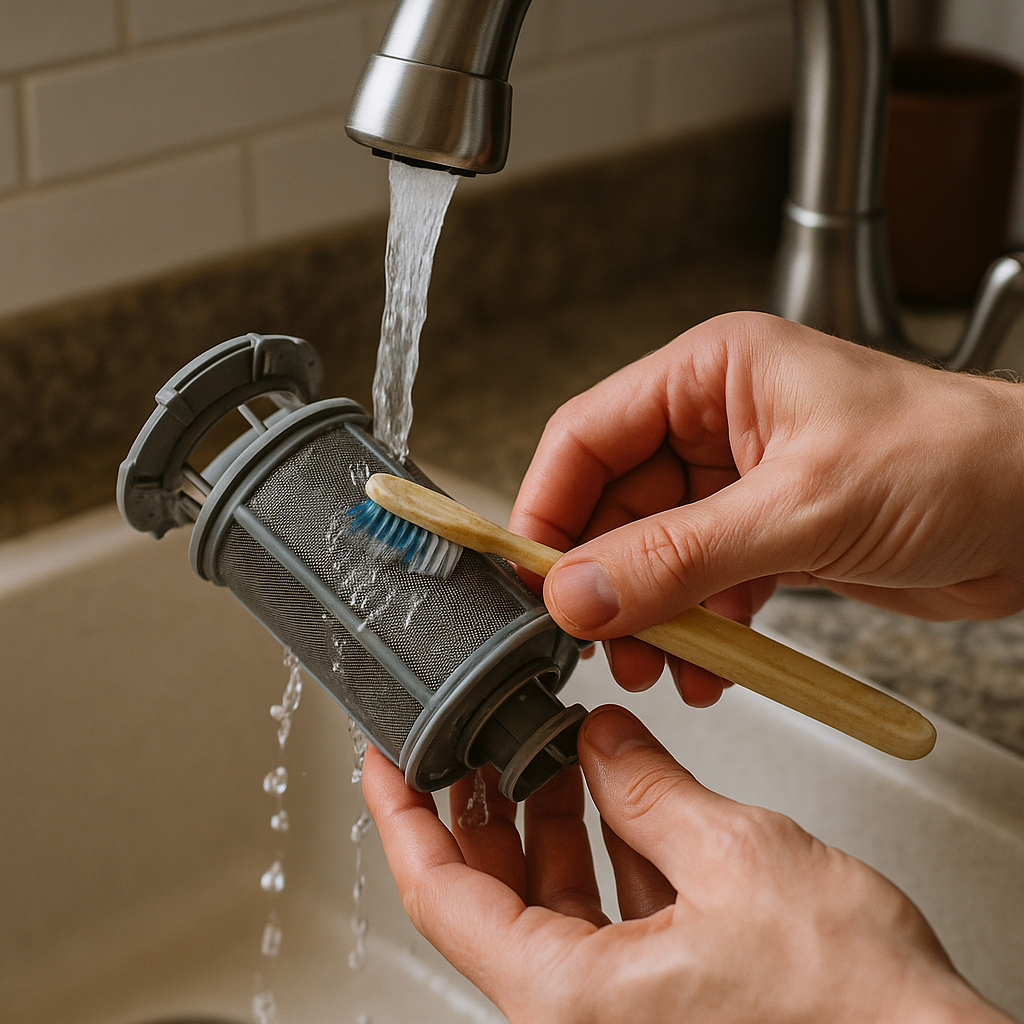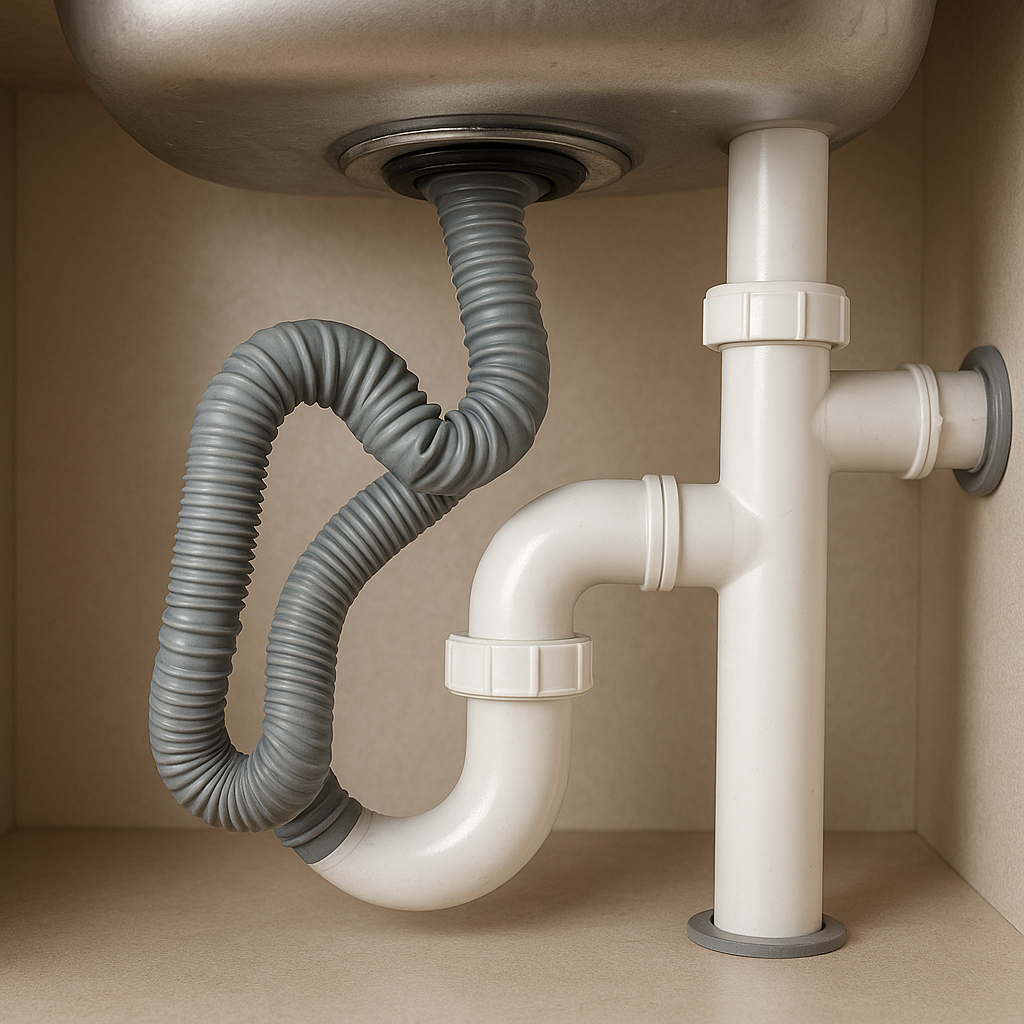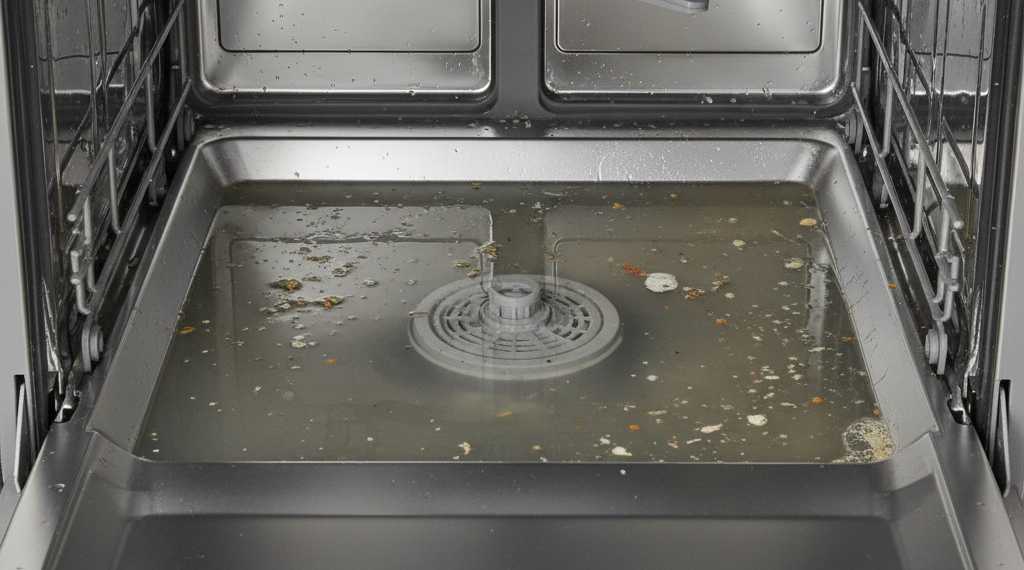When Your Dishwasher Just Won't Drain: Spotting the Warning Signs
If you've ever opened your dishwasher after what should have been a complete cycle only to find a puddle of murky water lurking at the bottom, you'll know that sinking feeling all too well. It's frustrating, it's unhygienic, and frankly, it makes your kitchen smell like last week's dinner party gone wrong.
The good news? Most drainage issues are surprisingly straightforward to resolve without calling in the cavalry. Before you reach for your phone to ring a repair service, there are several tell-tale signs to watch for and simple fixes to try that could save you both time and money.
The Most Common Culprit: Your Dishwasher Filter
Nine times out of ten, when your dishwasher refuses to drain properly, the problem lies with a blocked or dirty filter. This humble component works tirelessly to trap food particles, grease, and debris, preventing them from recirculating onto your clean dishes or clogging your drainage system. However, when it becomes overwhelmed with buildup, it can no longer do its job effectively.

Signs Your Filter Needs Immediate Attention
- Standing water that refuses to disappear after a complete cycle
- Dishes coming out greasy or gritty to the touch, despite a full wash
- Unpleasant odours emanating from the machine, particularly a stagnant or sour smell
- Food particles visibly floating in the water or stuck to supposedly clean dishes
- Slow drainage during the cycle, often accompanied by unusual gurgling sounds
How to Clean Your Filter Properly
- Remove the bottom dish rack to access the filter area
- Twist the cylindrical filter (usually a quarter turn) to unlock and lift it out
- Separate the filter components – many have both upper and lower parts
- Rinse thoroughly under warm running water to remove loose debris
- Scrub gently with an old toothbrush or soft brush to dislodge stubborn particles
- Soak if necessary in warm, soapy water for 10–15 minutes for heavily soiled filters
- Rinse again to ensure all soap residue is removed
- Reinstall carefully, ensuring the filter locks properly into place

Beyond the Filter: Other Drainage Demons
The Drain Hose Dilemma
Your dishwasher's drain hose is the unsung hero that carries dirty water from your machine to your home's drainage system. When this vital component becomes kinked, twisted, or blocked, water has nowhere to go but back into your dishwasher.

Signs of drain hose problems include:
- Gurgling noises during the drain cycle
- Water backing up into your kitchen sink when the dishwasher drains
- Slow drainage that seems to get progressively worse
Checking Your Drain Hose
- Disconnect power to your dishwasher for safety
- Check behind the machine for obvious kinks or compression
- Gently pull the dishwasher forward (carefully!) to inspect the hose connections
- Feel along the hose for blockages or damaged sections
- Check the connection where the hose meets your sink's drainage system
Pump Problems: When Things Get Serious
Your dishwasher's drain pump is responsible for forcing water out of the machine. When it starts to fail, you'll likely notice some distinctive warning signs:
- Unusual grinding, buzzing, or squealing noises during operation
- Continuous running of the drain cycle without actually draining water
- Complete failure to drain, leaving standing water after every cycle
- Strange error codes appearing on your dishwasher's display
Simple DIY Solutions Before Calling for Help
The Monthly Deep Clean
- Remove all dishes and cutlery from the dishwasher
- Place a cup of white vinegar on the top rack in a dishwasher-safe container
- Run the hottest cycle available without any detergent
- Sprinkle bicarbonate of soda on the bottom and run another hot cycle
- Wipe down door seals and interior with a damp cloth
Check Your Spray Arms
Blocked spray arms can affect water circulation and drainage. Remove them periodically and check that all holes are clear of debris. Use a toothpick to gently clear any blockages, then rinse thoroughly before reinstalling.
Inspect Your Sink's Drainage
If your dishwasher drains into the same pipe as your kitchen sink, a blocked sink drain can cause water to back up into your dishwasher. Try running your kitchen tap—if water drains slowly or backs up, this could be your problem. A simple drain unblocker or plunger might resolve both issues simultaneously.
When to Wave the White Flag and Call a Professional
While many drainage issues can be resolved with a bit of elbow grease, some problems require professional attention. Don't attempt DIY repairs if you're experiencing:
- Persistent drainage issues after cleaning filters and checking hoses
- Electrical problems such as error codes or the machine not responding
- Mechanical failures like broken pumps or motors
- Water damage to surrounding cabinets or flooring
Prevention: The Best Medicine
- Scrape plates thoroughly before loading, but don't pre-rinse (modern dishwasher detergents need some soil to work effectively)
- Clean your filter at least monthly, or weekly if you're a heavy user
- Run hot water at your kitchen sink before starting the dishwasher to ensure hot water enters immediately
- Use dishwasher salt if you live in a hard water area to prevent mineral buildup
- Avoid overloading the machine, which can prevent proper water circulation
